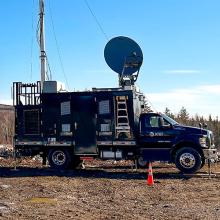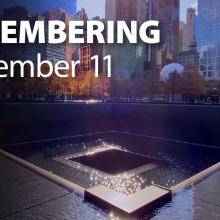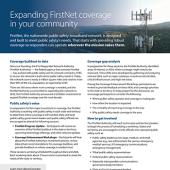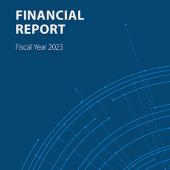New York City, in addition to being a world cultural and financial center, is where the need for FirstNet really became clear with the attacks on September 11, 2001. Today, New York State has a population of nearly 20 million people, is home to the nation’s third-largest economy, and borders five other states and Canada. The state features not only huge urban and suburban centers, but vast portions that are rural and remote — challenging first responders for coverage, connection, and interoperability across geographic and jurisdictional borders.
The First Responder Network Authority team recognizes the unique communications challenges that New York first responders face. We have been working closely with New York public safety officials since 2014, capturing their feedback and working with AT&T to improve the design of the FirstNet network. During the development of state deployment plans, our team worked hand-in-hand with New York leaders and AT&T, our network partner, to ensure the plan was customized to address public safety’s needs, including:
- Expanding coverage in rural areas like the Adirondack and Catskill Mountains, in urban areas with significant capacity requirements and subway systems, and along waterways like the Great Lakes and Long Island Sound
- Improving interoperability to support better coordination with border states and Canada
- Offering feature-rich services at competitive prices for all first responder users
Following this close collaboration, New York chose to adopt the plan and “opt in” to FirstNet. Today, we continue to meet regularly with state and local officials to discuss their public safety broadband needs. Engagements like these are crucial to the ongoing success of the network and the advancement of public safety communications across the state and the nation.
Connect with our team of Public Safety Advisors to learn about FirstNet in your community.
New York's FirstNet Authority Public Safety Advisor























